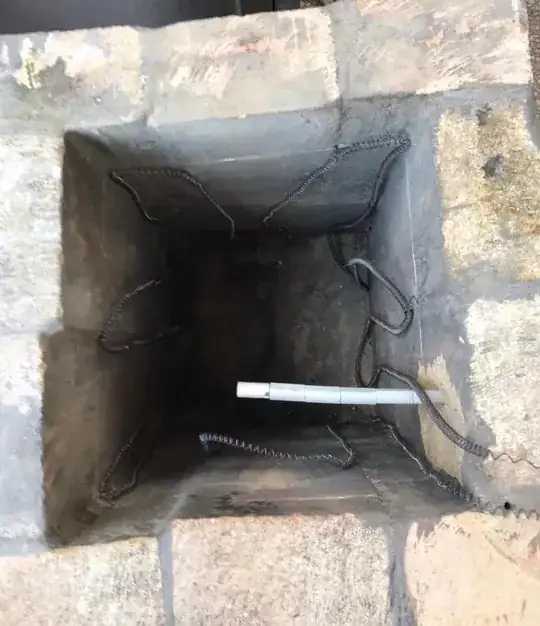I'm building an electric kiln to melt metals like lead aluminum, and maybe even copper.
I have no experience or professional knowledge on the subject.
I want to be able to reach at least 1100°C but currently, it reaches no more than about 150°C.
I currently use two nichrome wires in series that are a bit stretched.
I use two kinds of firebricks. One kind is white and lightweight - I use it for the cover on top. The other kind is brown and heavy and is used to build the kiln body, I also used high temperature cement for this.
The temperature is controlled via a PID controller with a temperature sensor and a solid-state relay.
I checked and the current through the wire is about 4.5 A at 220 V. So about 1 kW of power. The wire resistance is 50Ω.
The possible flaws I thought of:
- Maybe I need more nichrome wires, or maybe to connect them differently (parallel or something.)
- Maybe the kiln is not sealed enough.
Questions:
- Why doesn't my kiln reach higher temperatures?
- I would also like to know the ideal place for the temperature sensor.
- How can I properly ground the bricks? I get a tingling shock from them.
- Is it necessary to make grooves in the bricks for the heating elements?
- I have some mineral wool, would it help to cover the kiln with it from the outside?


